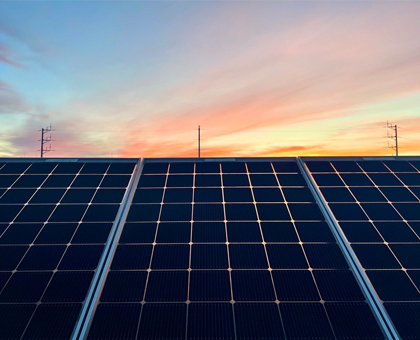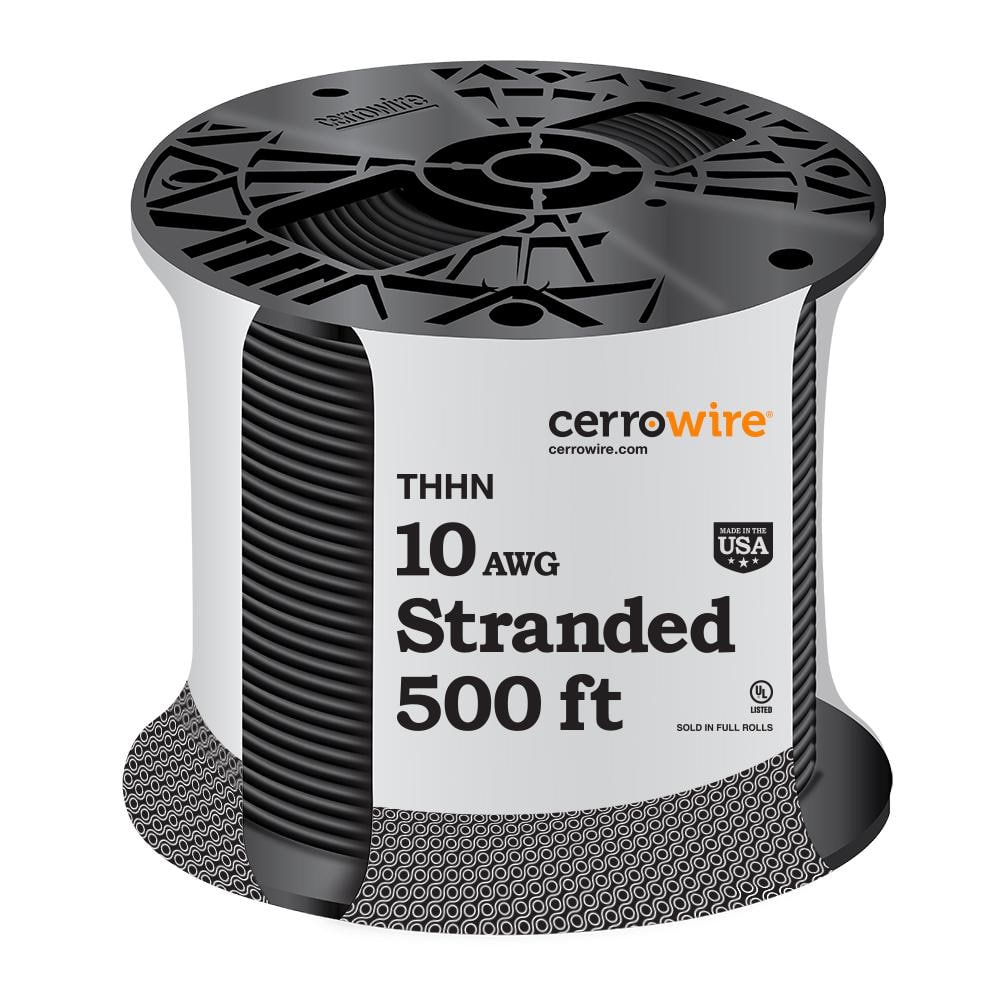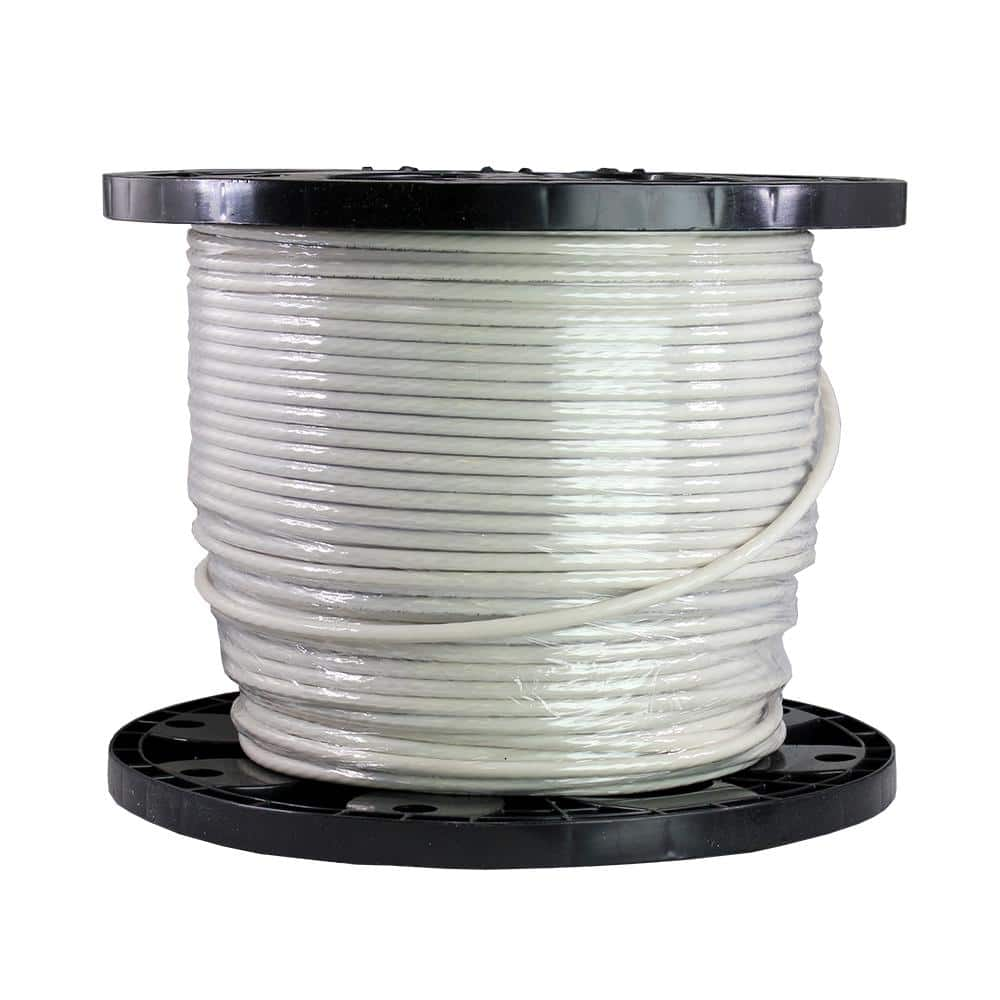Hedges
I See Electromagnetic Fields!
- Joined
- Mar 28, 2020
- Messages
- 20,689
200 feet is significant but not troublesome. You're better off mounting the inverters right to the solar array and run a single large gauge 240 volt 4-wire line back to the house.
The inverter accepts up to 600VDC, so I would make the wire run with PV DC, not AC.
If multiple strings to be combined, you can have the combiner at the array. If you are paralleling multiple strings of different orientations, less IR drop for a given total wire cross-section that way.
If you mount the inverters to the home, you need to install rapid shutdown stuff, which can get really expensive fast.
If the panels aren't on the roof, segmentation between panels shouldn't be needed.
At most, disconnect of power from the inverter. A simple switch would rapidly shut down DC power to the inverter.
But if wires are in conduit into the inverter, I don't think RSD applies. If it does, put the inverter on a fence post adjacent to the house.





